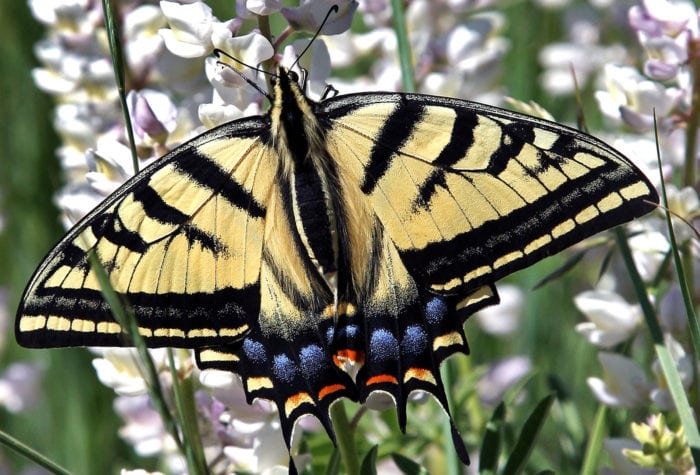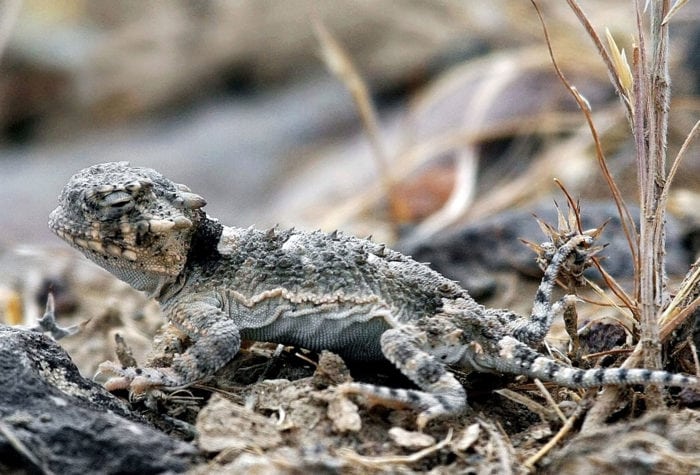JULY
By Day: By midsummer, wildflowers are blanketing the ground on Steens Mountain. Visit Steens this month to enjoy colorful fields of blooms. You’ll see brassy yellow Oregon sunshine and balsamroot, purple-blue lupine, pale pink phlox and many more.
By Night: Next to Scorpius to the east, Sagittarius makes for good viewing this month, and, like Scorpius, it too contains many star clusters and other objects that binoculars can facilitate viewing. Interestingly, the center of our home galaxy lies just about exactly between these two constellations. Look, too, for the globular star cluster in the center of Hercules, especially with good optics.
AUGUST
By Day: Oh yeah, it’s hot. What a perfect time to head out across Christmas Valley and go visit Crack in the Ground, or explore some of the lava tubes and ice caves around the Newberry Mountain complex. These geological wonders hold dense, cold air all year long and make a great spot to explore on the hottest days.
By Night: The Perseid meteor shower happens this month, and while the peak is usually August 12, you can often see them for a week or so before and after —a nd while the best viewing is in the middle of the night, of course, start looking up as soon as it’s dark.
SEPTEMBER
By Day: Visit the marshlands of Malheur National Wildlife Refuge in September when fall migration is at its peak to experience a profusion of birds that depend on this extraordinary desert ecosystem. At this time of year, you may be lucky enough to see any of the most famous refuge visitors, including sandhill cranes, trumpeter swans, white-faced ibis, American white pelicans, great and snowy egrets, great horned owls, eared grebes, and a wide variety of warblers. And, if it’s golden aspen groves you desire, plan a late September trip to Steens Mountain.
By Night: It’s a great time to view the three bright starts of the Summer Triangle: Vega, in Lyra the Harp, Deneb, in Cygnus the Swan, and Altair, in Aquila the Eagle. Around the “square” in the center of Pegasus, from left to right, one can see three other cool dark-sky objects: the Persius double star cluster, the Andromeda galaxy, and the M15 globular cluster. Staying at the Malheur Field Station will give you great access to both birds and stars.

